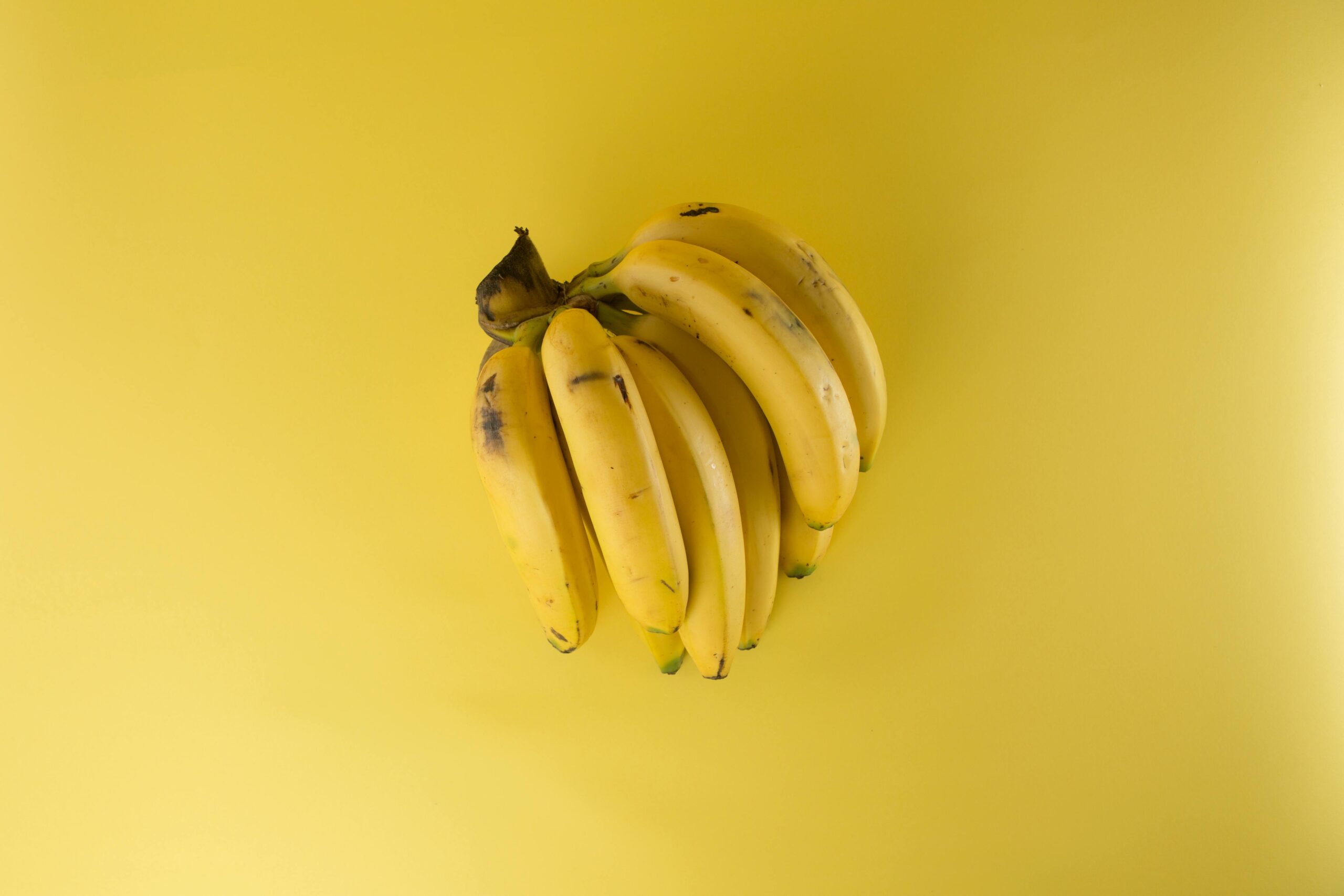In North Carolina, banana trees may not produce the yellow fruit we’re used to seeing in supermarkets, but they still offer a unique tropical vibe to our landscapes. Let’s dive into the world of hardy banana plants that can grow in this region. These bananas might not taste like the ones from your local grocery store, but they certainly bring a bit of the tropics to your garden.
What Makes North Carolina’s banana trees different?
Bananas grown in North Carolina are a different variety compared to the famous Cavendish bananas that fill supermarket shelves. The Cavendish variety, known for its yellow peel, comes from a plant species called Musa acuminata, which originates from Southeast Asia. These bananas require warm climates and are not cold-hardy enough to grow in North Carolina’s winter temperatures.
However, there are banana plants that can thrive in North Carolina’s climate, even though their fruit might look and taste quite different. These plants are hardy to colder temperatures, unlike the tropical Cavendish banana.
Hardy Banana Plants You Can Grow in North Carolina
- Musa velutina (Pink Banana)
One of the most popular hardy banana varieties in North Carolina is the Musa velutina. This banana plant is much smaller than the Cavendish banana, growing only about 4-6 feet tall and 3-6 feet wide. The unique feature of this plant is its fruit. While Cavendish bananas are yellow, Musa velutina produces bananas that are pink when ripe. These pink bananas are small, only 1-3 inches long, and are more ornamental than edible.The fruit of the Musa velutina plant is sweet and creamy, but it has many black seeds inside, which can make eating them tricky. For this reason, gardeners usually grow these plants for their looks rather than their fruit. The plant pairs well with other tropical plants like palms, cannas, and ginger lilies, enhancing the tropical feel in gardens.
- Musa basjoo (Hardy Banana)
Another hardy banana variety in North Carolina is the Musa basjoo. This plant grows taller than Musa velutina, reaching up to 14 feet in height and width. Unlike the pink bananas of Musa velutina, the bananas of Musa basjoo are greenish-yellow and slightly larger, measuring about 2-4 inches long. However, these bananas are mostly inedible due to their lack of pulp and abundance of seeds.What makes Musa basjoo special is its cold-hardiness. This variety can withstand freezing temperatures as low as -20°F, making it one of the hardiest banana plants available. Its ability to survive harsh winters makes it a popular choice for gardeners in regions with colder climates, like North Carolina.
Growing Hardy Banana Trees in North Carolina
Growing hardy banana trees in North Carolina is fairly straightforward, but there are a few things you need to keep in mind.
- Sunlight and Space: Hardy banana plants thrive in full sunlight. They need plenty of space to grow, as they tend to spread and multiply over time. Plant them in an area with good sunlight and avoid crowding them with other plants.
- Soil and Watering: These plants prefer well-drained soil, so make sure the area you plant them in doesn’t retain too much water. Bananas are thirsty plants and will need a lot of water, but the soil should drain well to prevent root rot.
- Winter Care: While these banana plants are cold-hardy, their leaves can turn brown in the winter. If temperatures drop too low, the above-ground part of the plant might die back. However, the roots will usually survive, and the plant can grow back in the spring. Some gardeners choose to protect their plants in winter by wrapping them with straw or other organic materials, but in areas like North Carolina (zone 8), this step may not always be necessary.
Why Grow Hardy Banana Trees?
So, why should you consider planting a banana tree in your garden if you’re not going to get edible fruit? The answer lies in the plant’s ability to add a tropical touch to your landscape. The large, paddle-shaped leaves and colorful flowers give any garden a unique look. If you pair banana trees with other tropical plants like palms or elephant ears, you’ll create a lush, exotic environment in your own backyard.
A Tropical Garden in North Carolina
While bananas may not grow as expected in North Carolina, the hardy varieties that do thrive can still give you that tropical look. Whether you’re planting them for their ornamental beauty or simply as a fun gardening challenge, these banana trees bring a bit of the tropics to your garden, even if their fruit is more decorative than delicious.
(Source : newsbreak.com)




